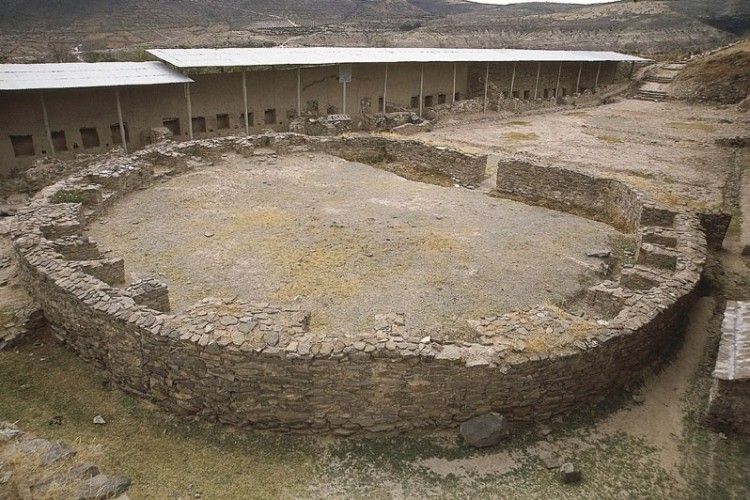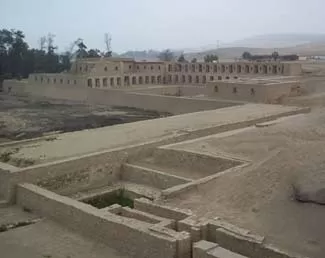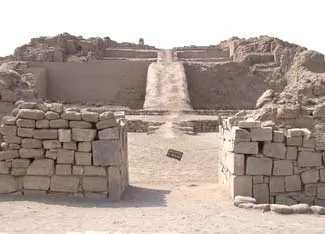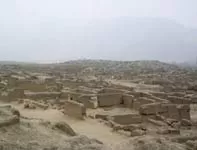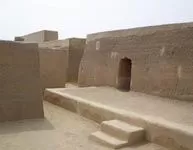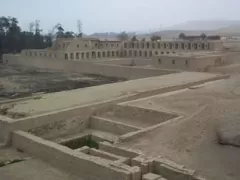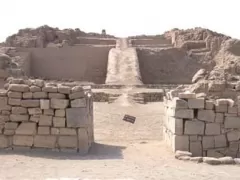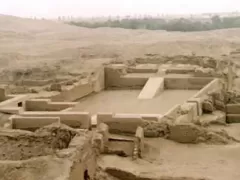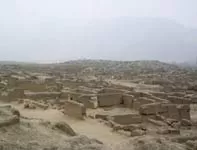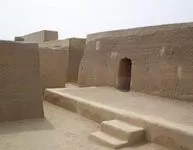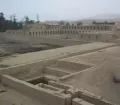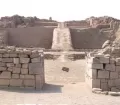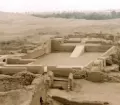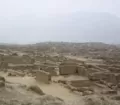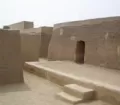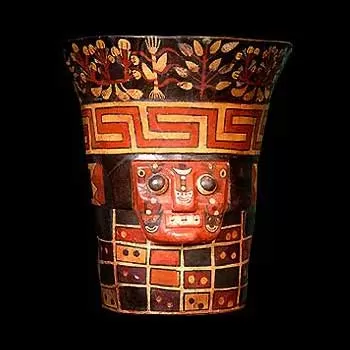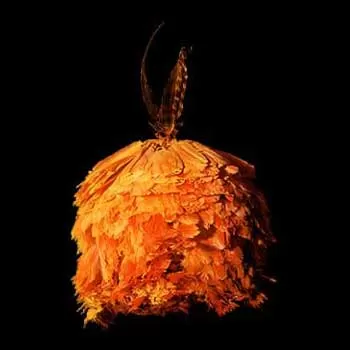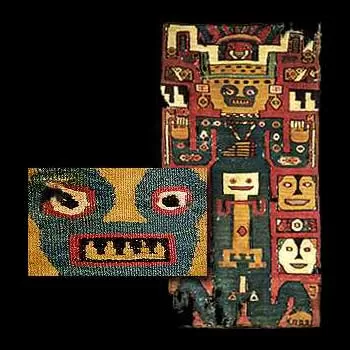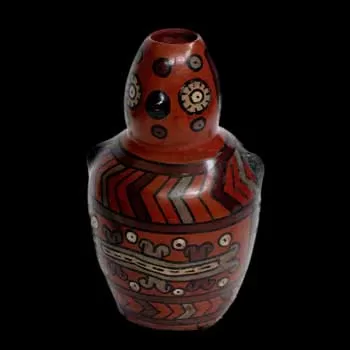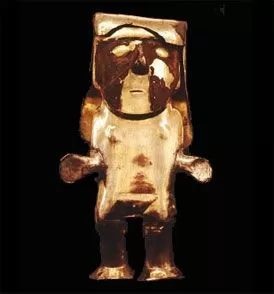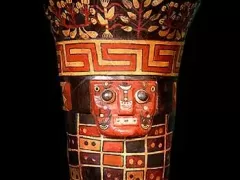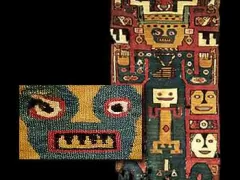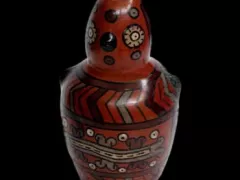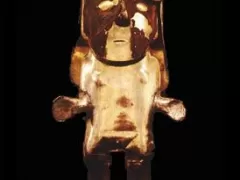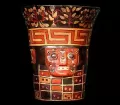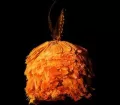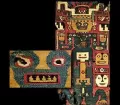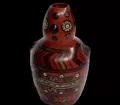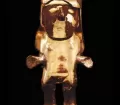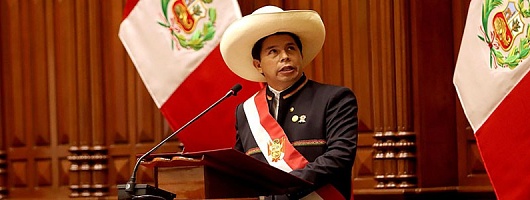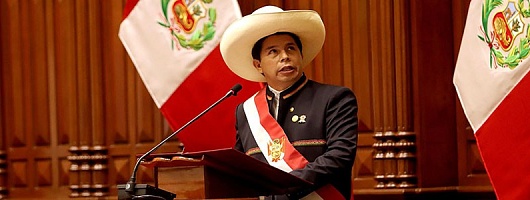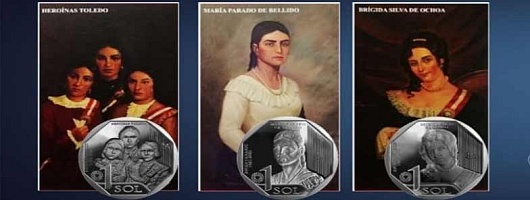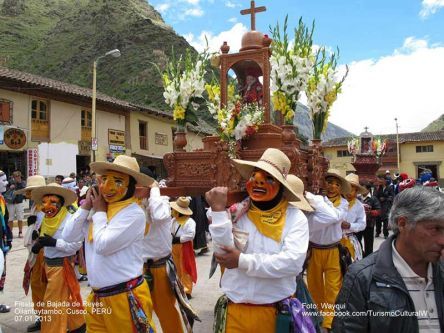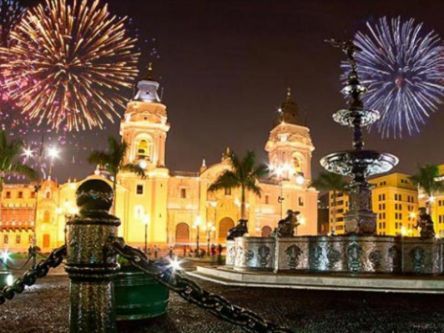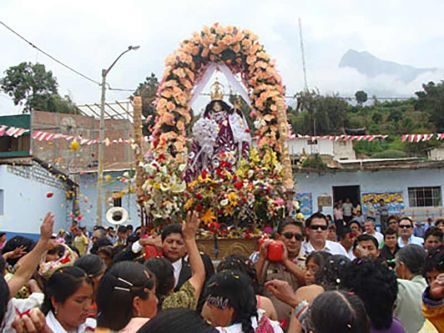The Wari, also known as Huari, had their origin in the Ayacucho region. Being presumably the first culture to use military force to conquer the surrounding civilizations, they soon reigned over much of the highlands and coast of modern Peru. The Wari subdued all other cultures forbidding any practice of former traditions. They settled at strategically important points of the empire, at ceremonial and administrative centers and places with natural resources.
Being great organizers, developers, urban planners and constructors, they rebuilt and enlarged numerous old settlements left by earlier civilizations. Wari cities were made up of large rectangular shaped buildings that were laid out in strict grid patterns that more or less resemble most of today's city block structures.
The Wari Administrative Organization
Unfortunately little details are known about the Wari administrative organization. But with their strict social systems and despotic operations they dominated the Peruvian coast, including the whole Lima region. For decades it was believed that the Wari built the city of Cajamarquilla (near today's Huachipa in the district of Ate) on the remains of a settlement from the Maranga culture. Supposedly, under the Wari Cajamarquilla developed into a major commercial, administrative and military center with a population of about 15,000 inhabitants.
However, the few investigations made in Cajamarquilla brought new knowledge about ancient cultures and about the city itself. Some archaeologists today go as far as claiming that Cajamarquilla wasn't a Wari stronghold after all, in fact it was abandoned at this time. They assume that cultures before and especially after the Wari period like the Ichma left us this impressive site.
The Great Religious Complex of the Wari
But it is proven that next to others sites the Wari adapted and added as well to the great religious complex of Pachacamac. Even if the oldest buildings and temples date back to the Maranga Culture, the city only began to flourish and extended its influence to outer regions during Wari times. The shrine was dedicated to the god Pachacamac, "the Creator of the World". Pachacamac was the most important place for pilgrims in the coastal region at the time and attracted worshippers from all over Peru. And the excavation of four Wari mummies at the Huaca Pucllana in Miraflores shows the dominance of the Wari culture in the Lima region.
Mostly unknown is the fact that the Wari culture not only extended the irrigation systems left by the Chavín and Maranga, but also are believed to were the first using a terraced field technology and to connect their settlements with an extensive road network, leaving a significant legacy to the Incas when these began to expand several centuries later.


